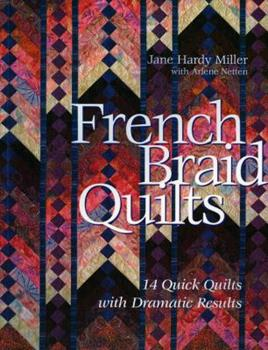The challenge this week has to involve conquering something that scares you.
"You see, to grow you must face fears. It’s the way to achieve and succeed. If you only do what’s safe and comfy, you’ll stagnate and grow soft. The way forward is always by finding and following a new path. Growth. So this week, you will confront something you fear. Your project must be about growing through exploring the unknown.
That all sounds very philosophical and, to tell the truth, pretty vague. I really prefer a concrete topic for the challenges. But I guess that is why they call them 'challenges'!
I thought long and hard and realized that I really am not truly afraid of anything. I have healthy respect for some things, especially those that could hurt me, but I don't have any irrational fears. But the challenge seems to be about more than actual fear. The words worry and anxiety are also used. So the challenge can be interpreted to mean doing something that makes you uncomfortable, and growing through that.
When it comes to quilting, I am game for pretty much anything. I may not enjoy some techniques, but I am willing to try them. Foundation paper piecing, for example. I have tried it half a dozen times, and I honestly just don't like it. And life is too short to do things that you don't like if there are alternatives!
So where does that leave me for this week's challenge? One of the examples of an anxiety to be overcome that was given as an example is using curved piecing in a project. Since I haven't done much curved piecing I started thinking that that would be a possibility for my challenge this week. It would definitely be a growth opportunity.
Then, as I was reading through my email on Monday, I came across the Bernina "WeAllSew" newsletter. One of the articles was on curved piecing. But it was the picture in the article that really caught my eye:
I'm seeing a pattern here! Curved piecing it is!
The last time I did any curved piecing, it was in a workshop where the result was SUPPOSED to be wonky. So I decided that for this challenge, I would attempt to do a block that requires precision piecing.
I chose the Drunkard's Path block because there is only one curve in each block, and you can make some really cool patterns with it.
After cutting out the pieces, I remembered why I haven't done more curved piecing. It's not the sewing, it's the cutting! Unlike blocks with straight lines, which you can cut in almost infinite sizes with a ruler, you need a separate template for each size of Drunkard's Path block.
I only have one ruler that allows me to cut out Drunkard's Path blocks and I didn't want to draft my own templates. I made a couple blocks to see how they would turn out. The test blocks ended up finishing at a really weird size - 3 3/4 inches. If I wanted to finish my project within the week, there was no way that I could finish a baby quilt like I had originally planned. So, plan B again!
I decided to make another placemat for my guild's charity project. Once I had cut out 4 sets of 4 matching blocks, I got very tired of cutting around the curves. So I decided that whatever project I made was going to use 16 blocks!
Sewing them together was surprisingly not too difficult. I pinned the heck out of the first few, then just pinned the center for the rest. Once I had them done, I started playing with the layout. My favorite was a 4 x 4 grid because it emphasized the circle in the center. Then I remembered that I was making a placemat. Hmmm..... the placemats are ideally supposed to be 13 X 17 inches, but when I laid the blocks out to make a rectangle, it was 11 3/4 inches by 18 3/4 inches, And then I had an extra block, and I just couldn't find a layout that I liked.

OK, plan C? I decided to use my favorite 4 x 4 grid. The grid finishes at 15 inches square, which is too small for a table topper and too large for a potholder.... so it became a pillow cover!
I found that I am not afraid of curves, I'm just not particularly fond of them. I would do them again, given the right project. I also realized that the biggest anxiety that I experienced this week was the fear that I wouldn't finish on time!!
Project Quilting is successfully completed for another year. Looking forward to season 15!









